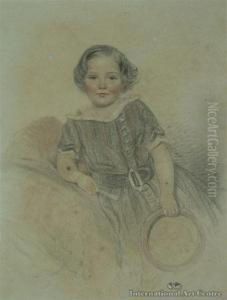Henry Sidey Paintings
Henry Sidey was a New Zealand painter born in 1887 in Christchurch, New Zealand. Despite his brief life, ending tragically in 1917 during World War I, Sidey managed to make a lasting impact on the New Zealand art scene with his distinct approach to painting. His early life was marked by a strong inclination towards the arts, encouraged by his family's support. He pursued his passion for painting by studying at the Canterbury College School of Art, where he was influenced by the European impressionist movement, which was gaining popularity at the time.
Sidey’s work is characterized by his unique interpretation of the New Zealand landscape and his innovative use of color and light. He was particularly adept at capturing the ephemeral qualities of light, which gave his landscapes a distinctive, almost ethereal quality. His paintings often depicted the rugged beauty of New Zealand's mountains, forests, and coasts, reflecting a deep connection and appreciation for his homeland’s natural beauty. Despite the limited number of works he produced during his short career, Sidey’s paintings were well received by critics and the public alike, earning him a place among the early pioneers of New Zealand's art scene.
Tragically, Henry Sidey's promising career was cut short when he enlisted in the New Zealand Expeditionary Force during World War I. He served with distinction but was killed in action in 1917, leaving behind a small but significant body of work. After his death, his paintings gained further recognition and have been featured in several posthumous exhibitions. Today, Sidey is remembered not only for his artistic contributions but also as a symbol of the lost potential of many young New Zealanders who perished in the war. His work continues to be celebrated for its beauty and emotional depth, capturing the essence of New Zealand’s landscapes in a way that few other artists have.
